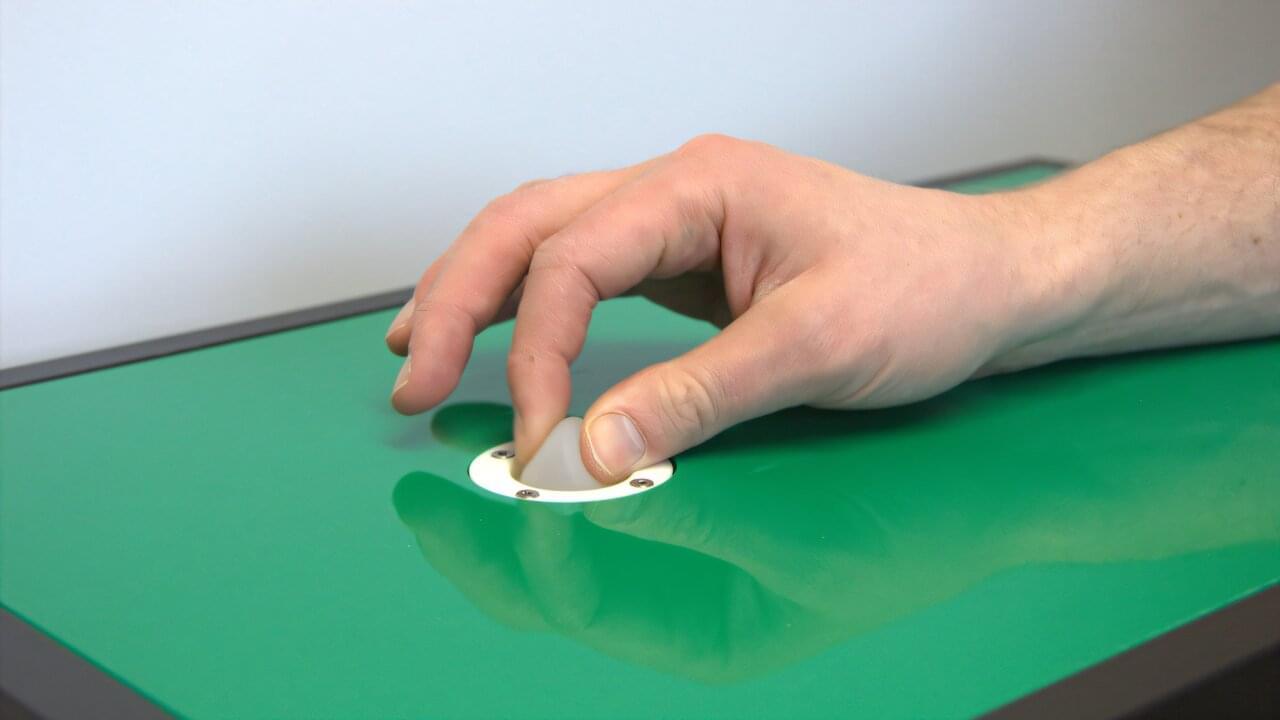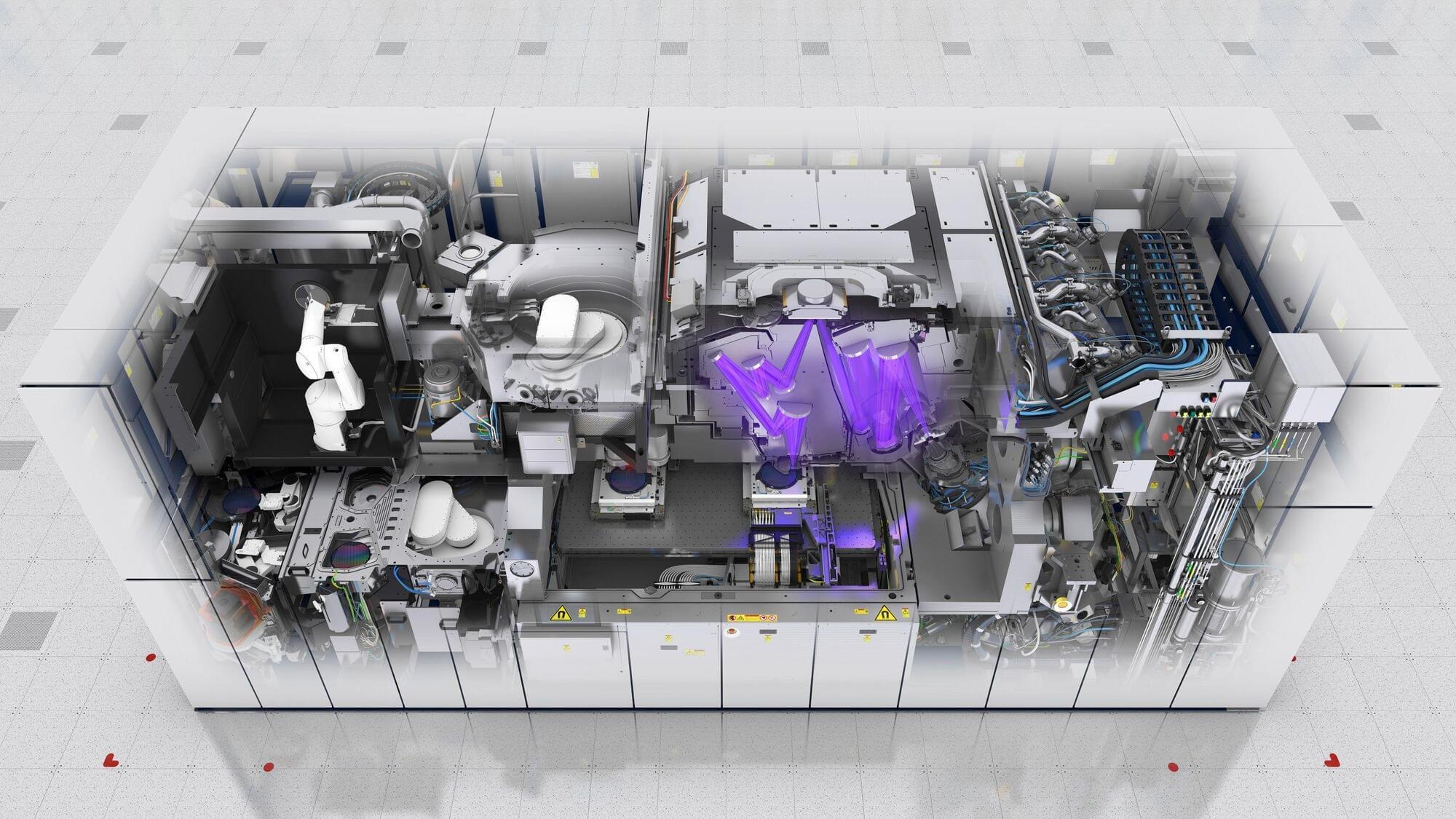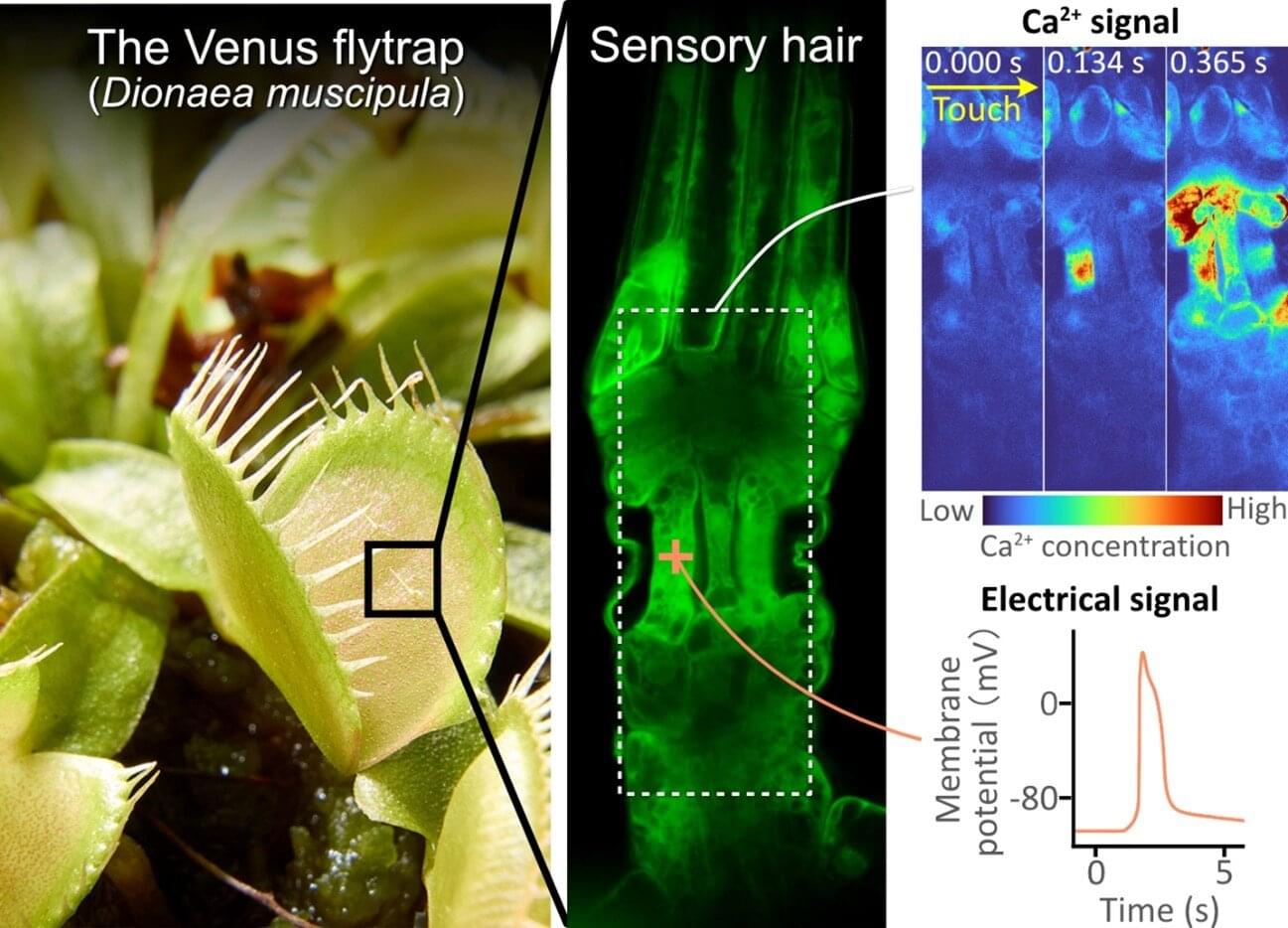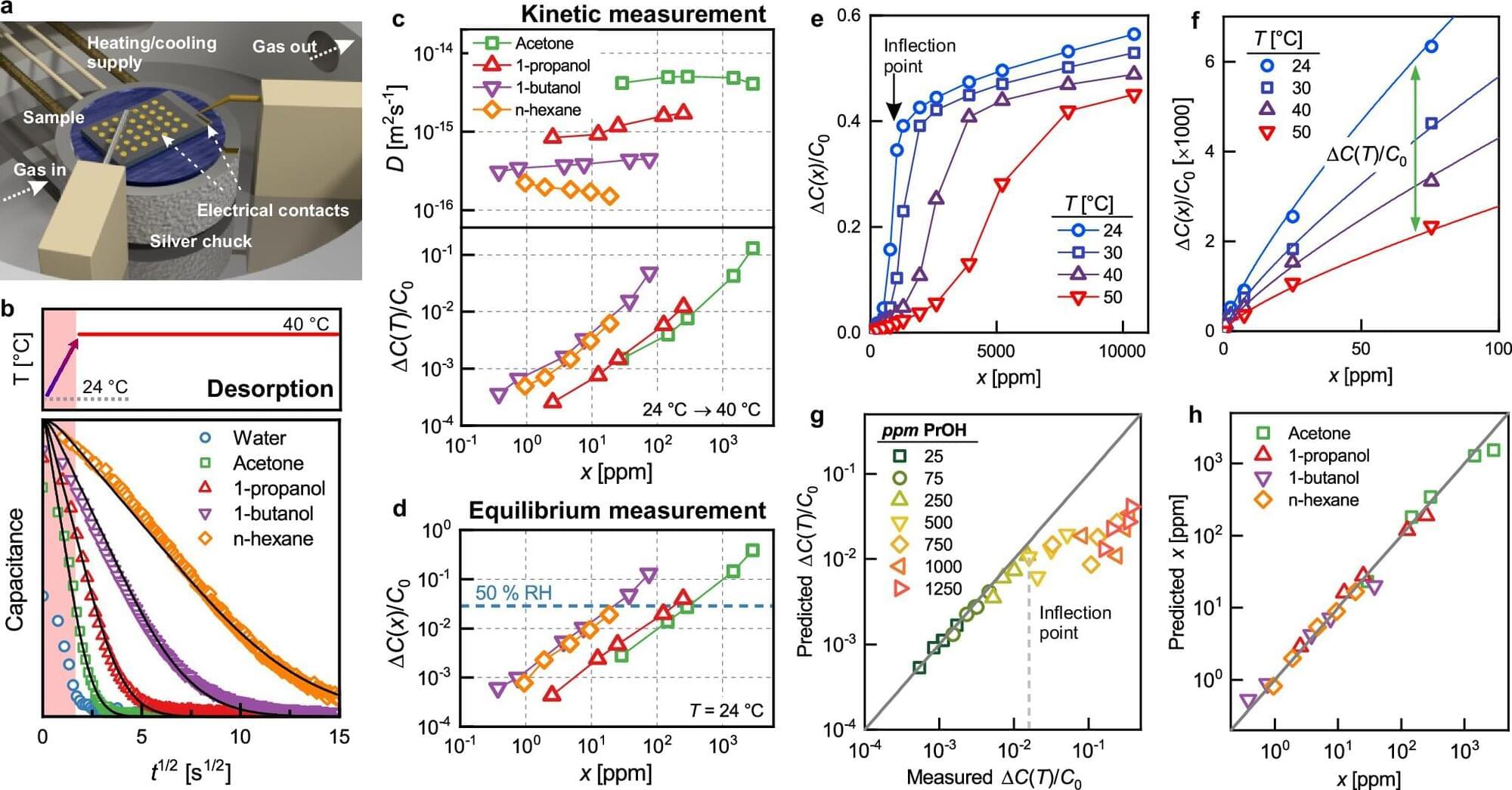Scientists at the Advanced Science Research Center at the CUNY Graduate Center (CUNY ASRC) have discovered a way to control sound and vibrations using a concept inspired by “twistronics,” a phenomenon originally developed for electronics.
Their research, published in the journal PNAS, introduces “twistelastics”—a technique that uses tiny rotations between layers of engineered surfaces to manipulate how mechanical waves travel.
Sound and vibration control are essential for technologies like ultrasound imaging, microelectronics, and advanced sensors. Traditionally, these systems rely on fixed designs, limiting flexibility. The new approach allows engineers to reconfigure wave behavior by twisting two layers of engineered surfaces, enabling unprecedented adaptability.








